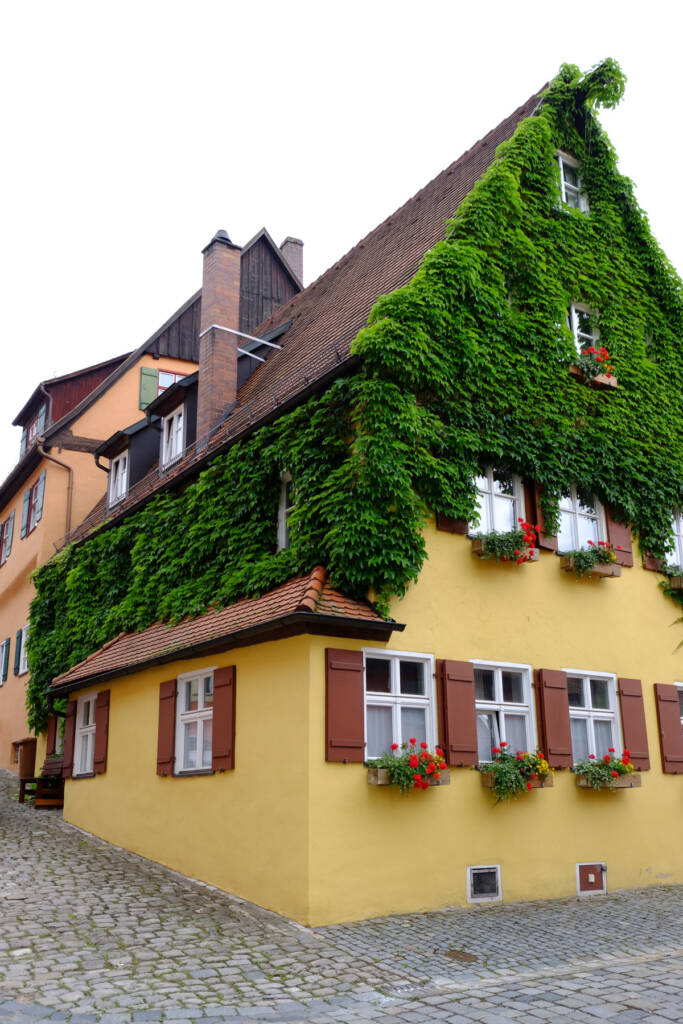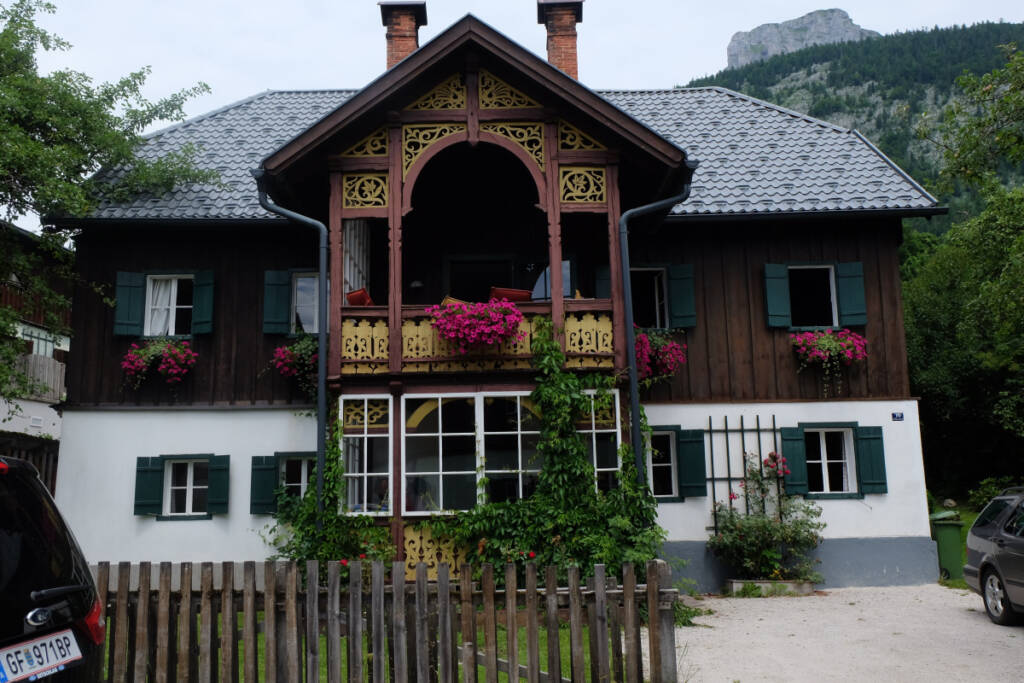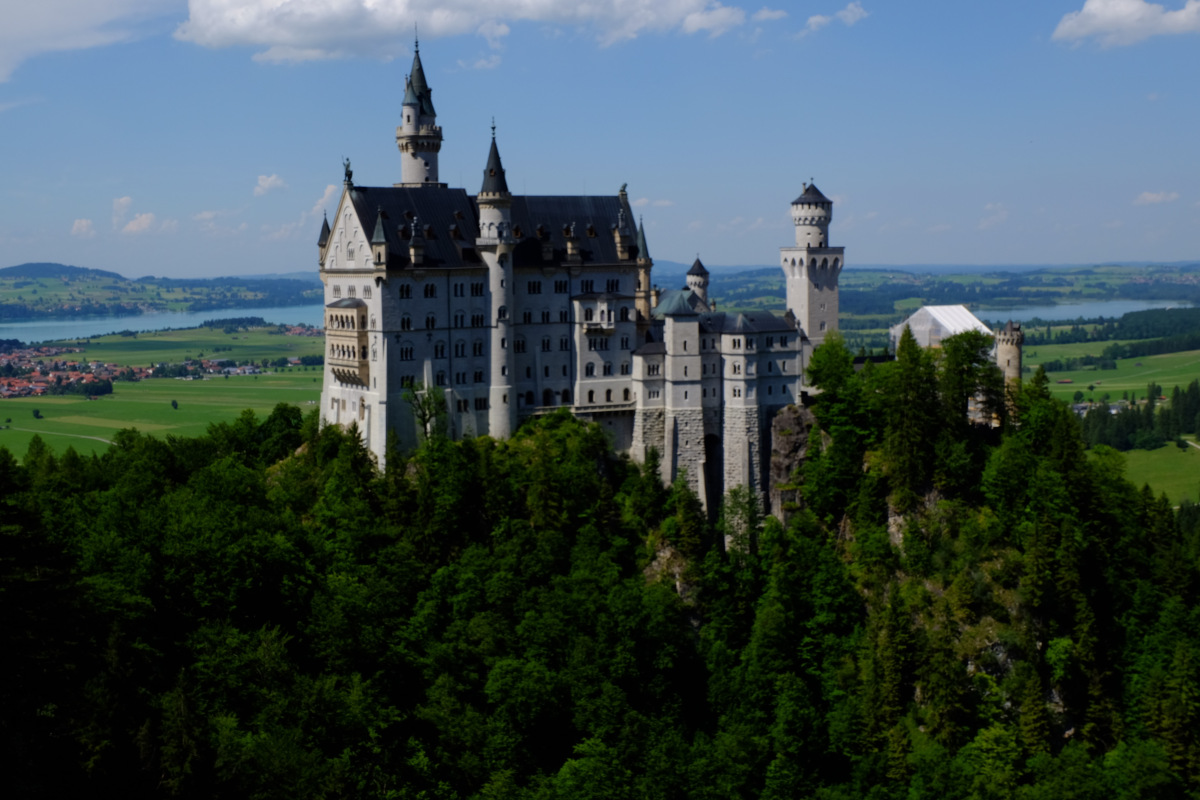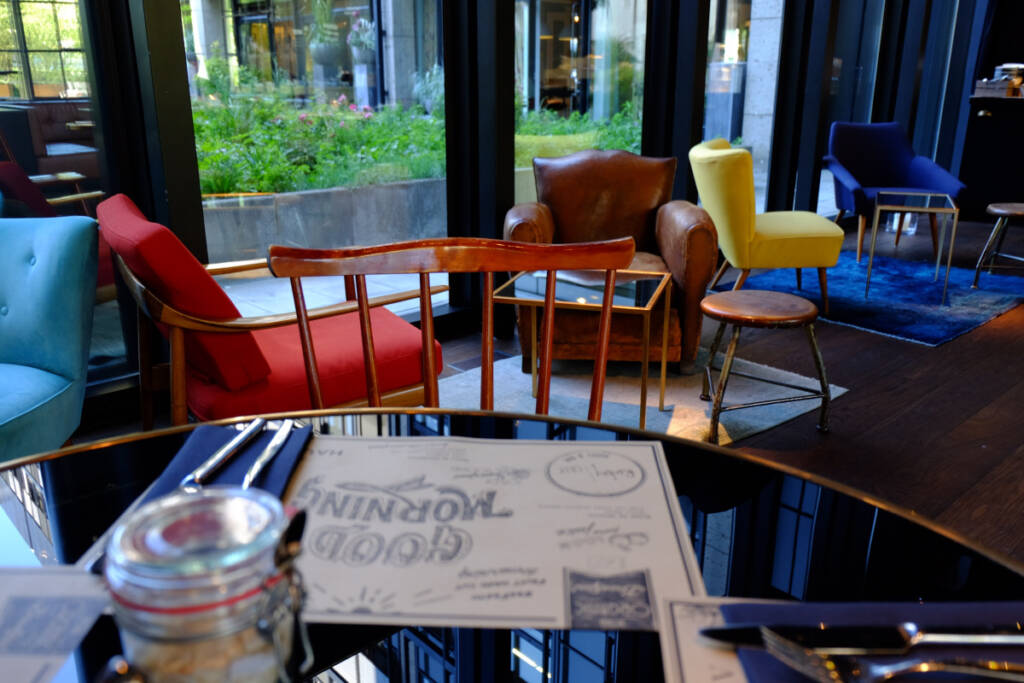Oh, I miss you, miss to write, miss the contact. I’m sorry for the disappearance, but I was on vacation traveling through the beautiful south of Germany, more precisely through Bavaria and Austria. So many beautiful images, so many unforgettable landscapes that I wanted to share with you.



Bavaria is today, the largest state of Germany. But in the eighteenth and nineteenth centuries was a very disputed territory, by the French, Saxons and Austrians nations. Many wars and revolutions later, what was left was a rich architecture heavily influenced by the French nobility, with the rich interiors and golden details (baroque), a remarkable cuisine, with strong tastes, and a good life oriented culture, with local breweries and world famous festivals.




The old buildings are sumptuous and rich in details, made primarily of soapstone and different granites, abundant in this area. The Luteran churches with extremely high ceilings and adorned with colourful glasses details. The typical buildings also have structures with raised wooden trunks, strong coloured masonry, balconies and windows adorned with flowers, and angled steep roofs. This is the main characteristic of the cities here.


Some photos below illustrate the most picturesque houses of the region, in small towns that are part of the romantic itinerary, such as Bamberg, Nuremberg and Fussen. In this last city, the most famous Neuschwanstein castle, one of the most romantic in the world, where Walt Disney took its inspiration for its logo. The architecture in Germany actually, during centuries lived different and remarkable moments as Romanesque, Gothic and Baroque periods.

Nowadays the architecture has become lighter and simpler, using the search for the function as the main guide line since the Bauhaus school at the beginning of the last century, with Walter Gropius and Mies Van der Rohe. Enhanced by post war reconstruction manners, when fast solutions where mainly in use. In general, the cities were not reconstructed according to their historic appearance, but in a functional, modernist style.






So today the interiors are more international influenced, with colourful fabrics and irreverent distributions. The old furnitures are used matched with new ones, creating an overall of styles.
Hope you enjoyed as much as I did, to know a little bit more about the german history and architecture. Please let you comments below and see you soon!!



